Experience Holy Week in Malaga and discover its main processions
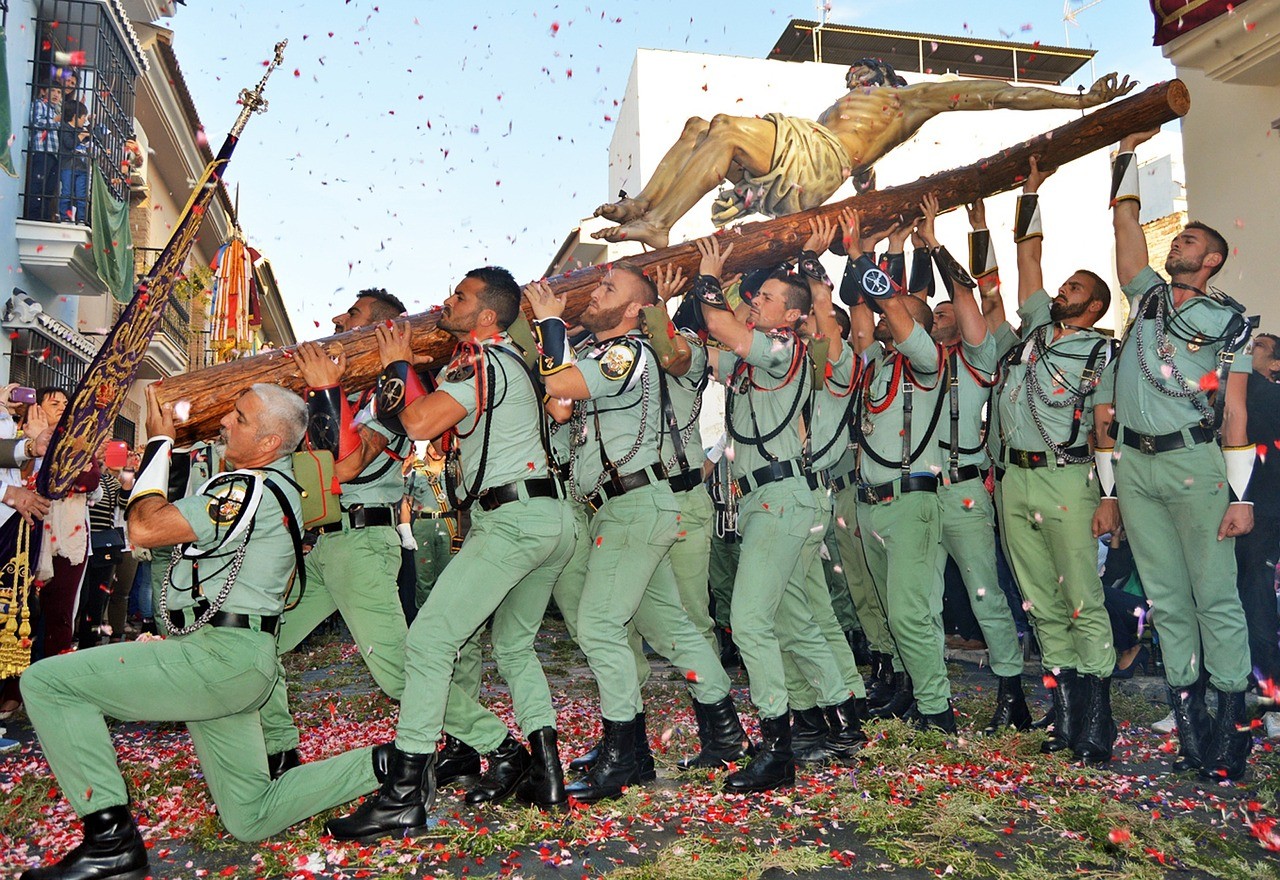
Holy Week in Malaga is one of the most important traditional festivals in the capital of the Costa del Sol. The people of Malaga maintain a strong religious brotherhood culture and this festival is a huge tourist attraction for visitors.
It is also one of the largest such festivals in Andalusia and Spain because more than six brotherhoods can be found parading through the streets of the regional capital on any given day of Holy Week, except Saturday.
Discover the history of Holy Week in Malaga
The origin of Holy Week in Malaga dates back to the city’s reconquest by the Catholic Monarchs of Spain when, after centuries of Moorish control and traditions, they wanted to reinstate Christianity as the city’s religion.
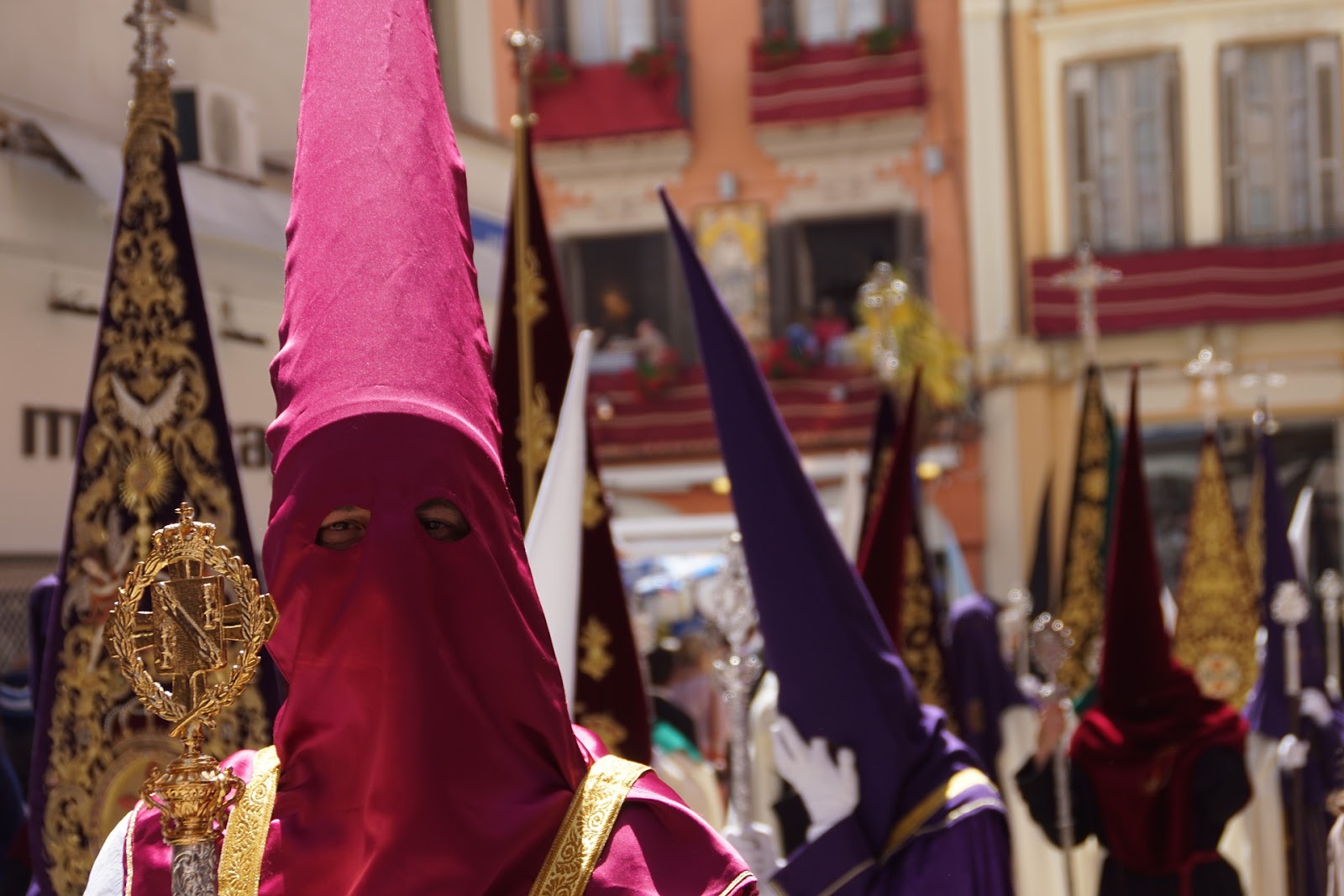
Source: Pixabay
For centuries, the way in which Holy Week is celebrated in Malaga has changed to suit each moment in history. Nowadays, this festival is known for its wide variety of images, sculpture styles, procession formats and even how it is experienced by the people.
If there is one thing that can be said about Holy Week in Malaga, it’s that it is essentially more cultural than religious.
The main Holy Week processions in Malaga
El Cautivo
El Cautivo is the figure of Christ in chains wearing a large white tunic. It is brought out for the night of Holy Monday in Malaga and is the one that attracts the most devotees because it is a figure with extensive history in Holy Week in Malaga.
The medalla del cautivo medallion is extremely emotive and is a symbol of admiration and devotion for its followers.
La Legión
This is, without a doubt, the procession that generates the greatest expectation during Holy Week in Malaga. Accompanying the Cristo de la Buena Muerte, the parade by this group of soldiers from La Legión includes a display with their weapons and the singing of their famous “El Novio de la Muerte” song.
Furthermore, both its disembarkation in Malaga Port and the image of this Christ being carried through the streets are a genuine historical spectacle of Holy Week in Malaga that are even broadcast on television.
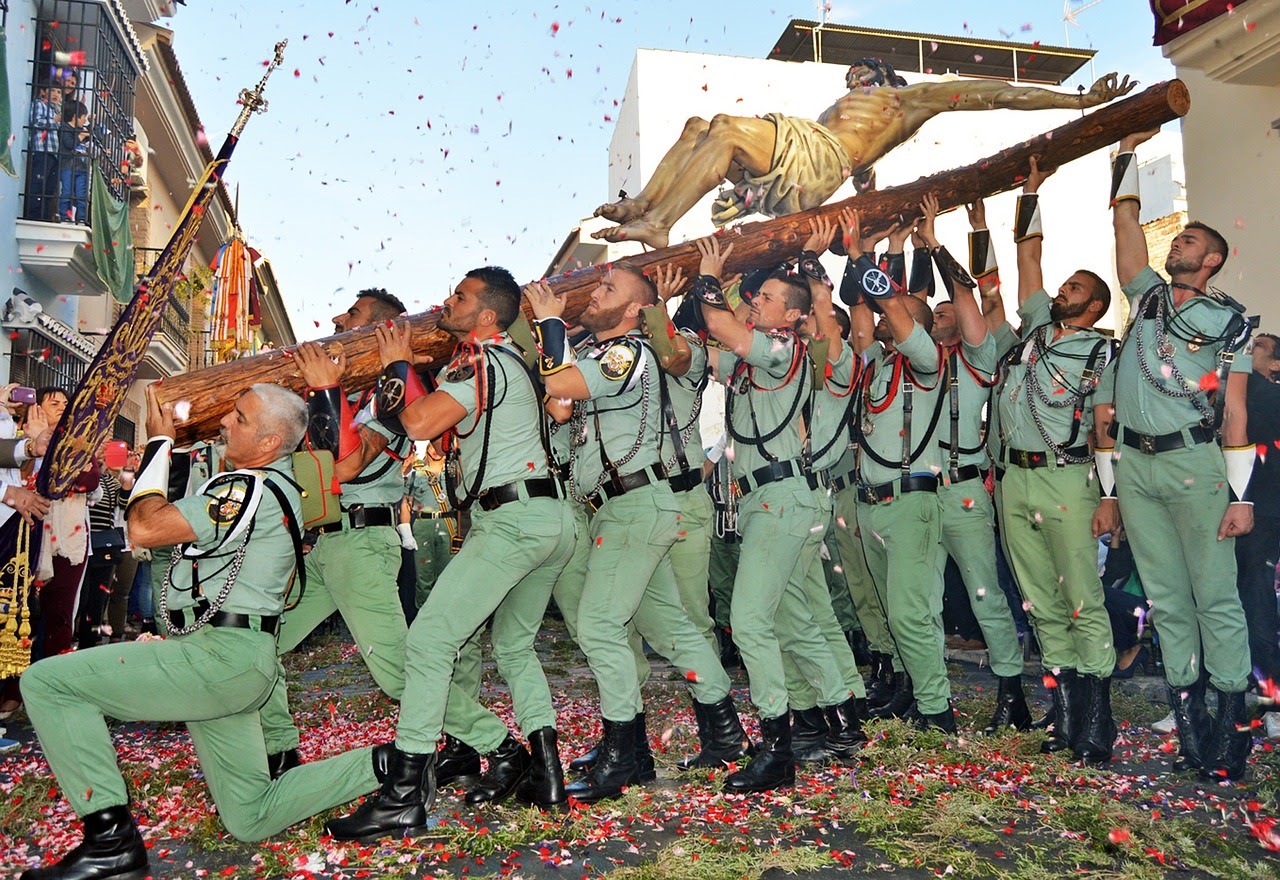
Source: Pixabay
Servita
This figure symbolises the grief of the Virgin Mary following the death of her son and, because of that, all the lights are switched off as it passes through the streets of Malaga on Good Friday. The mournful and silent atmosphere it creates is impressive and we therefore recommend that you stick around for its departure at midnight to see it.
El Rocío
Legend has it that, when the burning of the convents took place during the Second Spanish Republic, the residents of the La Victoria district were so devoted to this image that they hid it in a wedding shop, camouflaged as a mannequin.
Ever since, it has been known as the Bride of Malaga and both the floral decoration and garments of this virgin are white.
Her journey through the streets takes place on Holy Tuesday, but if you want to see her, you should bear in mind that this is one of the first brotherhoods to parade during Holy Week in Malaga.
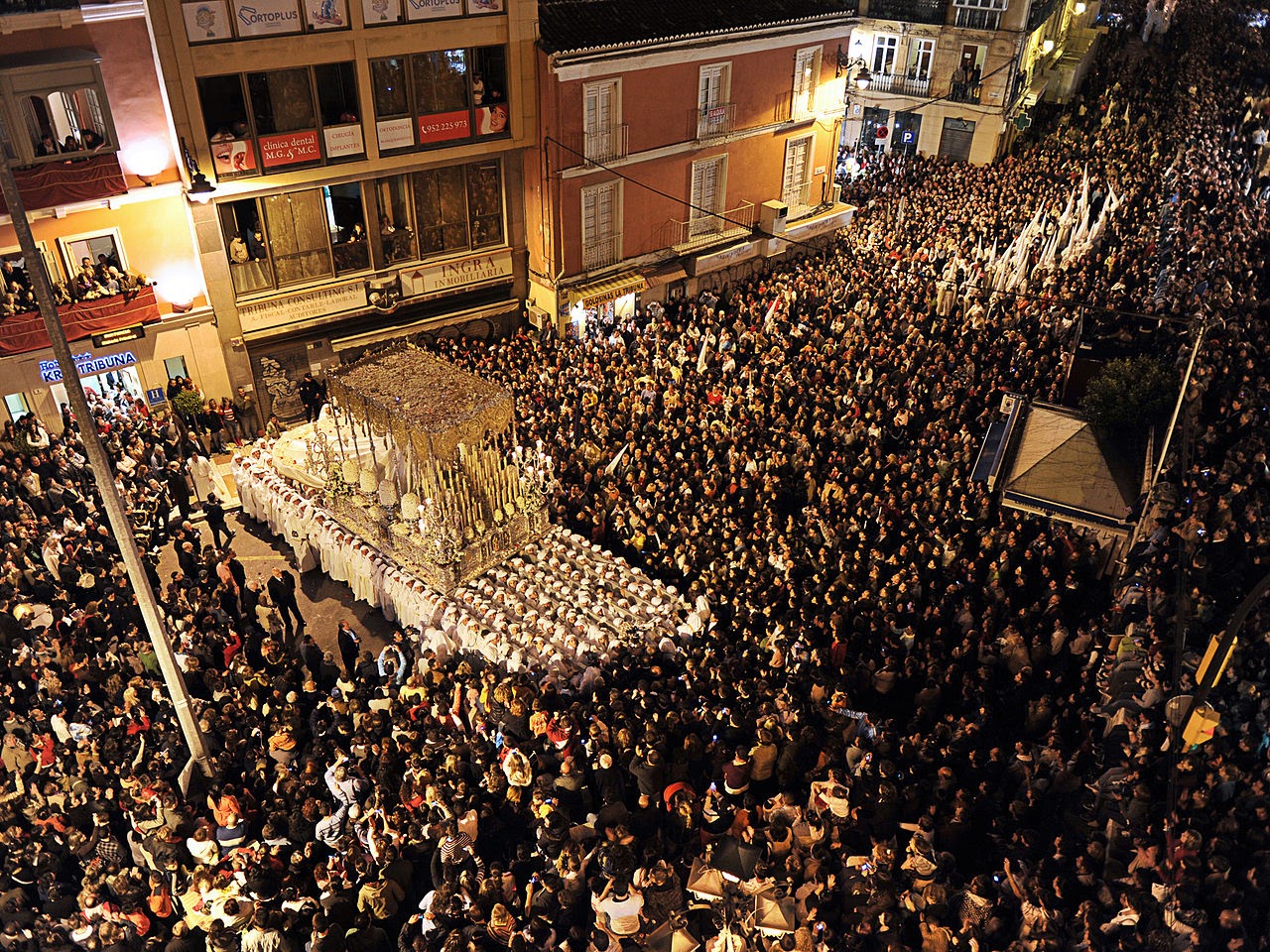
Source: Google images
El Rico
The departure of Cristo del Rico on Holy Wednesday is accompanied by the traditional pardoning of a prisoner from the city jail. But don’t worry, only people who committed minor offences nearing the end of their sentence are pardoned.
La Pollinica
This is traditionally known as the brotherhood of children because most of the Nazarenes (the name given to members of a brotherhood) who take part in the procession are children. It is the first to come out on Palm Sunday, so represents the start of Holy Week in Malaga.
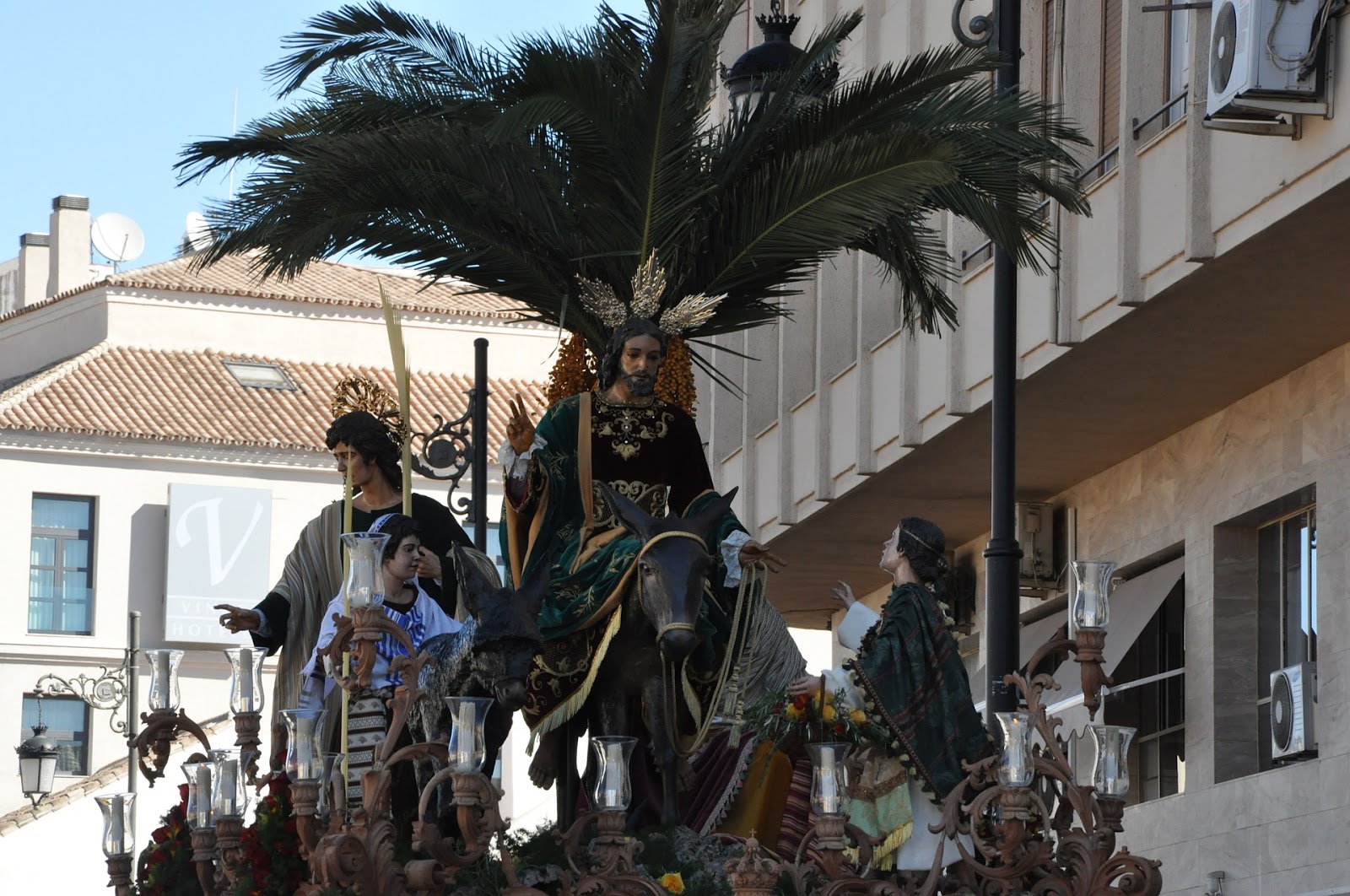
Source: Pixabay
Zamarrilla
This brotherhood is well known because of its Holy Week history and legend. The story goes that the bandit Juan Zamarrilla hid under the Virgin Mary’s skirts to prevent other bandits from killing him. When they were unable to find him, he nailed a white rose to the chest of the Virgin to show his appreciation, which then turned red.
Because of this legend, the image of this virgin is paraded every Holy Thursday with a rose and a dagger on her chest.
La Esperanza
Generally speaking, this is one of the most venerated images in all of Andalusia but, in Malaga, it stands out because blessed rosemary is handed out as the throne passes by, which the most faithful keep on their person to bring them luck.
These are the most important processions of Holy Week in Malaga, but they all have their own charm and different history. So, if you’re lucky enough to be in the city at this time of year, make sure to experience Holy Week in Malaga and enjoy the processions and history.
If you want to include more in your plan, take a look at our Guide to Malaga with information on monuments, maps, etc. to make the most of your trip to the capital of the Costa del Sol.